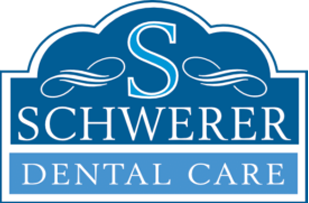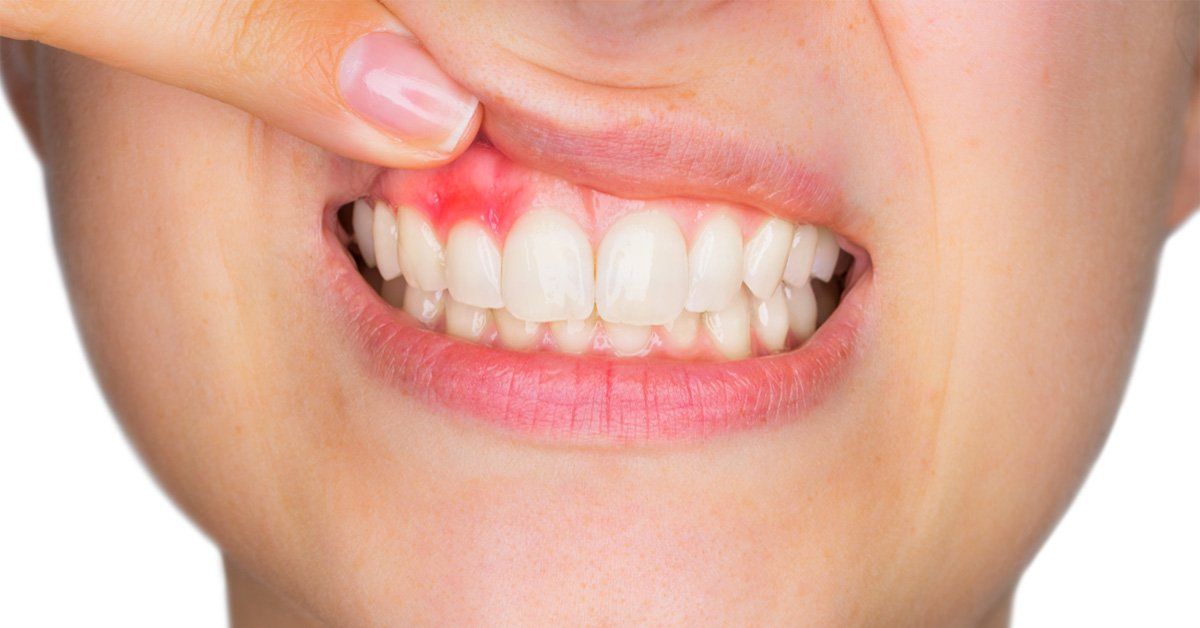Gingivitis Treatment: What Are Your Options?
If you're suffering from gingivitis, take a look at these various gingivitis treatment options so you can discover the best method to treat your gums problem.
Are your gums red and swollen? Do they bleed when you floss?
Lots of people experience these symptoms, but that definitely doesn't mean you should write them off as normal. They're likely a sign that you're suffering from a type of gum disease known as gingivitis.
Gingivitis is a very common form of gum disease and, if caught early, it's very treatable.
Read on to learn more about gingivitis and the most effective gingivitis treatment options your dentist can offer you.
Gingivitis is a type of gum disease that occurs when the gums become irritated and inflamed.
Many patients don't even realize they have gingivitis. However, it's still a serious problem, especially if it's untreated for an extended period of time.
If it's left untreated, gingivitis may progress to a more serious form of gum disease known as periodontitis.
There are two types of gingivitis.
Dental plaque-induced gingivitis is typically caused by plaque buildup on the teeth and gums.
Non-plaque induced gingival lesions are caused by bacterial, viral, or fungal infections.
Signs and Symptoms of Gingivitis
The following signs and symptoms tend to show up in both types of gingivitis:
●Bright red or purple-colored gums
●Tender gums
●Bleeding gums when brushing or flossing
●Bad breath
●Swollen gums
●Receding gum lines
●Soft gums
In some cases, these symptoms may be so mild that you don't even realize they're present.
Dentists can't always identify the root cause of non-plaque induced gingivitis. But, in the case of plaque-induced gingivitis, the root cause is often poor oral hygiene.
When plaque builds up on the teeth and gums, it can trigger an immune response in the body. This, in turn, leads to inflammation of the gums.
The number one reason for plaque buildup is poor brushing and flossing habits.
Some people also have other risk factors that make them more susceptible to gingivitis and other forms of gum disease.
The most common risk factors associated with gingivitis include:
●Hormonal changes that occur during puberty, menopause, the menstrual cycle, or pregnancy
●Chronic diseases like cancer, HIV, and diabetes
●Use of medications that affect saliva flow
●Smoking
●Increased age
●Poor diet
People whose parents have had gingivitis are also more prone to developing it themselves.
It's almost always easier to prevent diseases than it is to treat them, and gingivitis is no exception.
Some simple steps that can keep gingivitis at bay include:
●Brushing twice per day
●Flossing once per day
●Getting a dental cleaning once every six months
●Using fluoride treatments
●Improving your diet to avoid nutrient deficiencies
These simple prevention tips can also help reverse mild, early symptoms of gingivitis. Even if you think you've already started developing gum inflammation, implementing these tips can help you improve your oral health and stop the inflammation from getting worse.
Most Effective Gingivitis Treatment Options
If you are experiencing symptoms of gingivitis, it's also important to visit your dentist as soon as possible to discuss your treatment options.
Listed below are some of the most common treatments your dentist may use to alleviate your symptoms and stop the inflammation from spreading.
The first thing your dentist will do if they notice signs of gingivitis is to thoroughly clean your teeth.
During this cleaning, they'll make a special effort to remove all the plaque and tartar (hardened plaque) that's accumulated on your teeth above and below the gum line.
In addition to a professional cleaning, your dentist will likely also recommend a more intense treatment known as scaling and root planing.
This is a deep, nonsurgical procedure that the dentist performs under a local anesthetic. During this treatment, they scrape away plaque and tartar. They also smooth out rough spots on the teeth. This helps eliminate additional bacteria and provides a clean surface for the gums to reattach to the teeth.
If you have a lot of plaque and tartar below the gum line, scaling and root planing can be a very beneficial treatment option.
In some cases, your dentist may need to perform more invasive procedures. One such procedure is a flap surgery.
During a flap surgery, the dentist lifts the gums back and removes tartar. They then place the gums back down so that the tissues fit snugly against the teeth.
This eliminates space between the tooth and gum, which, in turn, limits space for bacteria to grow.
If the gingivitis has progressed to the point where it's affecting your bone health, a bone graft may be necessary. This provides additional stability and helps prevent tooth loss.
If your gums have begun to recede, your dentist may recommend a soft tissue graft. This helps reinforce the gums and fills in spaces where they've receded.
The dentist typically takes grafted tissue from the roof of the mouth and stitches it over the places where the gums have receded.
Dentists perform this procedure in conjunction with a flap surgery. It's required if the bones that support the teeth have been destroyed.
During the treatment, the dentist inserts a mesh-like fabric into the area where your bone should be. This helps the bone and connective tissue regrow to support your teeth better.
Some dentists also prescribe certain medications to help further reduce symptoms and promote better oral health.
Common drug treatment options include:
●Antibiotics
●Antimicrobial medications
●Fluoride-containing prescription toothpaste or mouthwash
These treatments can minimize plaque buildup and prevent bacteria from causing additional damage to the gum tissues and teeth.
Are You in Need of Gingivitis Treatment?
The sooner you seek out gingivitis treatment, the better.
If you live in or around Jensen Beach, Port St. Lucie, or Stuart, Florida, contact us at Signature Smiles today to schedule an appointment.
We offer a variety of services that will stop gum disease in its tracks and dramatically improve your oral health.







